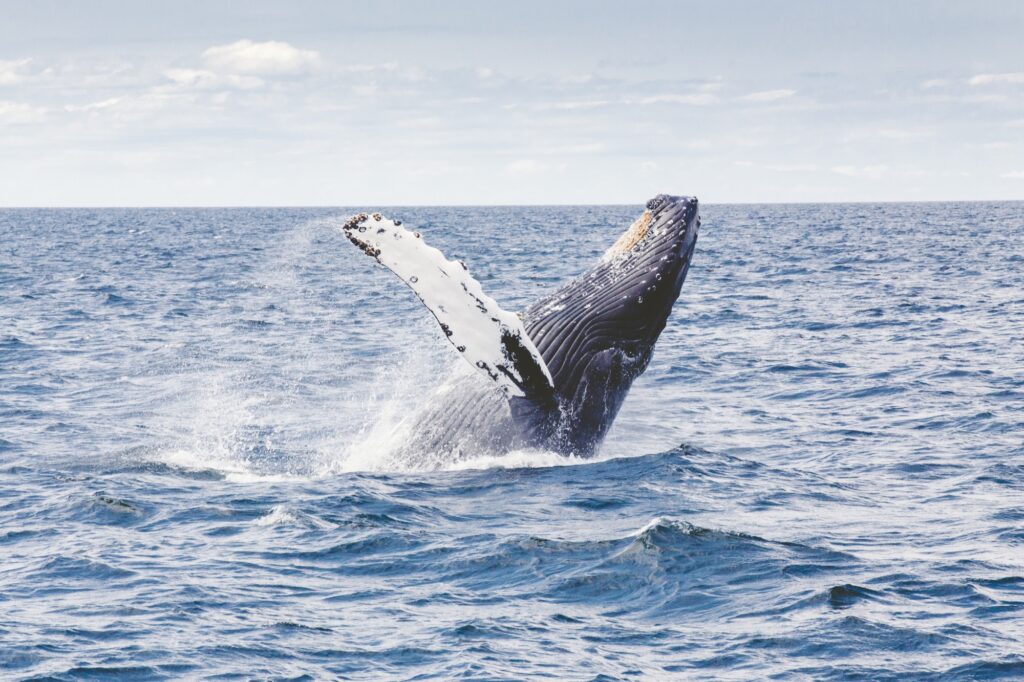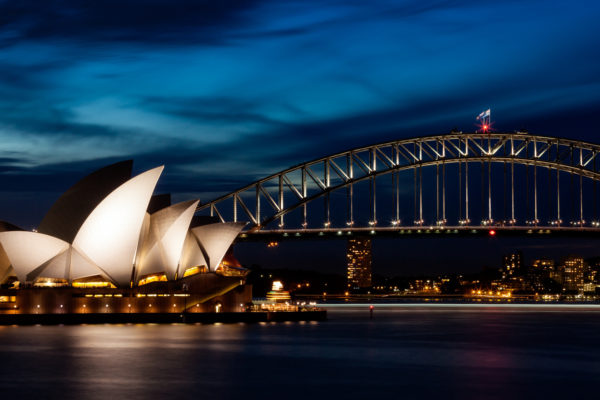
Did you know that there are eight whale families, each comprised of several species? You could pick up an encyclopedia or watch a documentary about whales. But, there’s no better way to learn about them than getting up close and personal!
Whale watching is an exceptional opportunity to witness these enormous animals in their natural habitat. But, before you can plan your trip, you’ll need to know the best place to see whales.
This post shares some of our favorite spots, so be sure to read until the end if you want to know how to see whales!
Vancouver Island, Canada
Each spring, roughly 20,000 grey whales pass the coast of Vancouver Island. In addition to the resident orca population, this spectacle makes Vancouver one of the best whale-watching spots.
The best time for getting up close to grey whales is March to April. If you can’t make it in the spring, don’t worry. The season for spotting orcas is much longer, from May to September in the Johnstone Strait.
Pacific Coast, Colombia
Every year from July to November, Humpback whales arrive on the Pacific Coast of Colombia after making the journey of nearly 6,000 miles from Antarctica.
Here, they breach their calves. They come to the surface during the event, and most of their body is visible.
Fortunate whale watchers have the opportunity to see these breaching whales splashing about in:
- Malaga Bay
- Nuquí
- Gorgona
A wonderful part of the experience is seeing the babies swim for the first time. But wildlife lovers will also appreciate the bountiful population of sea lions, turtles, and dolphins or a jungle trek.
Glacier Bay National Park, Alaska
The nutrient-rich waters of Alaska attract orcas, humpbacks, and belugas from June to September. An interesting phenomenon occurs when humpback whales exhale the air quickly. It creates a cloud of vaporized air that tourists can see from a distance.
Another unique experience in Glacier Bay is observing humpback whales as they practice bubble netting. Groups of whales unite to trap fish using air bubbles. Visitors can see them launch themselves into the air with their mouths open wide to catch their meal.
Baja California, Mexico
From January to March, migrating whales arrive at the final stop of their journey- the Baja California Peninsula. Situated between the Sea of Cortez and the Pacific, the peninsula creates the perfect breeding ground for all sorts of whales, including:
- Humpbacks
- Whale sharks
- Grey whales
Some of the best spots on the peninsula for whale watching include Magdalena Bay, Ojo de Liebre, and San Ignacio.
Canary Islands, Spain
These subtropical islands off the coast of Africa have warm currents and cold water, resulting in rich biodiversity. On the largest island, Tenerife, visitors can spot nearly thirty types of cetaceans!
The most popular species are pilot whales which live here year-round. There are over 300 of them in Tenerife, making this the largest resident population of pilot whales globally. However, travelers who come from November to February can observe migratory species such as:
- Fin whale
- Baleen whales
- Bryde’s whales
One of the best places to spot whales is in the waters between La Gomera and Tenerife, where the trench reaches more than 6000 feet at the deepest spot.
Of course, if you don’t have the time or resources to go on a whale watching tour, there are plenty of zoos with whales that can feed your appetite. Check out funparkgo.com for more information.
Travel the World While Whale Watching
Each of the whale watching destinations in this post offers unique experiences. So there’s no reason not to visit them all at least once in your lifetime!
Would you like to learn more about travel destinations and tips? Then, browse for more posts on our blog!



